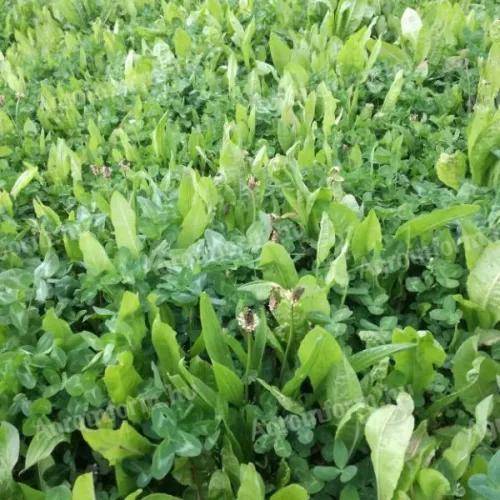Plantain seed in 25 kg package
 Pest county, 2009 Pilisszentlászló
Pest county, 2009 Pilisszentlászló
 2
2
Description
Medicinal plant, perennial cultivar in an eco-application, Plantago lanceolata in Latin. Drought-tolerant component of pastures exposed to drought, fodder with medicinal properties for livestock. Seed with commercial closure without pods.
Thanks to New Zealand breeding, it has larger leaves than the parent species native to our country. It is known for its richness in tannins, or tannins. For livestock farmers, one of the benefits of these is that some of the proteins in green fodder are 'protected' from the breaking down action of rumen bacteria and are broken down in the gut.
They are often grown for mixed grazing, usually with grass and butterfly mixtures, sown in spring or August-September. Such mixed pastures remain green even when the classic grass and butterfly mixture is suffering.
Plantain also grows well in early spring and can cope well with summer drought, although production is reduced when water is scarce. The plantain's taproot absorbs minerals and carries them up into the leaves. It's thanks to the taproots that it is so drought tolerant! Its summer growth is quite considerable. It also has a high crude protein content of about 25%. The plantain does not lose any of its flavour even when in flower, so it is flexible.
Plantain, rich in tannins, can be easily combined with chicory, the usual grass-herb mixes and provides long-lasting green fodder.
When sown alone, it should be sown shallow at a rate of 8 kg/ha. As part of a grazing mixture, 1-2 kg per hectare should be added to the grass-herb mixture and sown with the other small seeds.
https://sersiafarm.hu/Landzsas-utifu-vetomag-2-kg-kiszerelesben
Identifier: 7495989
Updated: 23 April 2025 at 12:09:23 CEST















